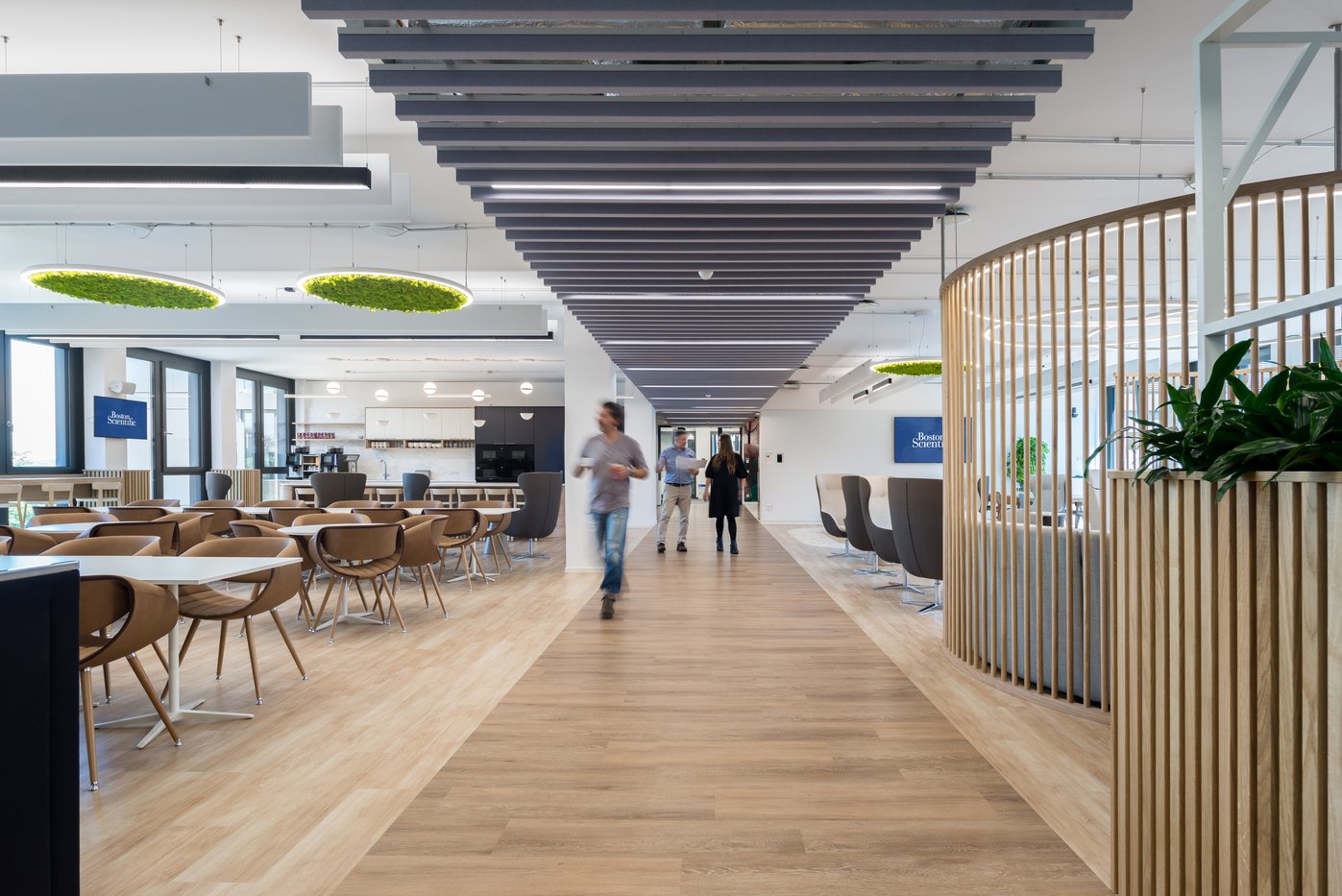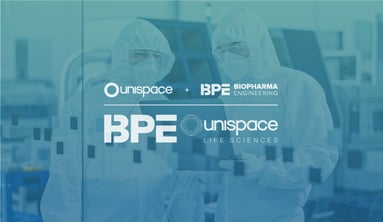
As the pharmaceutical industry continues its rapid evolution, pharmaceutical companies are being asked to do more with less, while maintaining the status quo. In a recent Irish Examiner article, John O’Reilly, CEO Unispace Life Sciences shares insights from our Life Sciences Global Benchmarking report, Forefront and the focuses of life sciences leaders.
Key trends in Life sciences design
We surveyed over 180 industry leaders on topics pertaining to life sciences engineering and the state of the industry now and in the future. Six key focuses emerged from our life sciences industry report:- Emerging trends in Pharma 4.0
- Investing in sustainability
- Strategies for equipment recapitalization
- Increasing focus on data analytics & AI
- The war for talent and shifting skill sets for data science and GMP Engineering
Facility design and the war for skilled talent
While many industries are reducing their real estate footprints with the adoption of hybrid work strategies, the life sciences sector is requiring more space than ever. 80% of respondents indicated they are investing in office/social spaces within facilities to attract talent. While having updated facilities is essential from a compliance standpoint, making sure facilities and social spaces spark innovation can be a differentiator in the war for talent
“While cross-functional teams create opportunity to bring in talent from other disciplines, the challenge here is to make sure whatever skill and location of resources, they need to be attracted, retained and be in an organisation that inspires innovation" John O’Reilly, CEO Unispace Life Sciences.
Retaining talent is a primary focus on life sciences leaders, with 85% upskilling employees and centralizing responsibilities to operate more efficiently and roll out initiatives holistically. John adds, “With a global strain in the market, employees at all levels are involved in a variety of initiatives to adapt and become more centralised.”
A focus on sustainability, equipment upgrades and Pharma 4.0
Sustainability is a key investment area, with more than 50% of respondents having formalized sustainability goals and 60% having a dedicated sustainability budget. As industry leaders look to implement energy-efficient processes (that reduce waste and electricity), Pharma 4.0 is emerging as a popular initiative. 78% plan to implement a roadmap for digitization in the next five years.
Updating and replacing equipment is an area of challenge and focus in the industry with increasing production demand. As this demand is anticipated to grow in the next five years, many leaders indicate they will look at more integrated approaches with full asset and technology replacements. “With a mix of old and new operations, many organisations are trying to advance and implement newer initiatives such as Pharma 4.0, digital and sustainability, while simultaneously operating in legacy manufacturing facilities and platforms that require maintenance and recapitalisation,” said John O’Reilly.
Innovation and advancements accelerating life sciences design
There is no prescribed formula, no silver bullet, no one size fits all, when trying to transform and evolve an entire organization. Engineering teams are adapting and evolving to bring advancements in drug discovery to life, and their facilities must do the same.
Learn more about how Unispace Life sciences is helping life sciences companies bring their facilities to life.
.jpg?width=383&height=348&name=Life%20Science%20Image%20(003).jpg)

